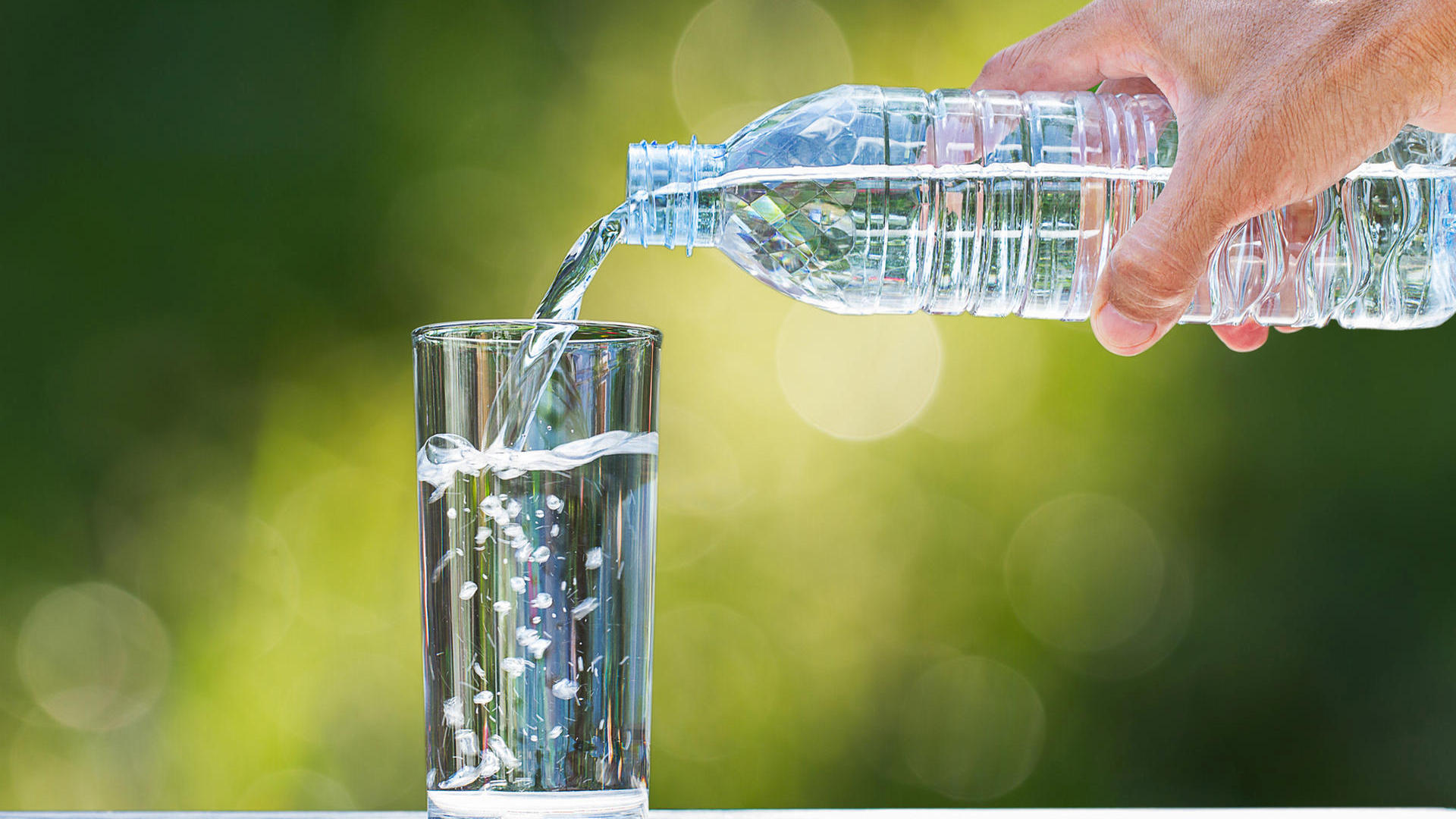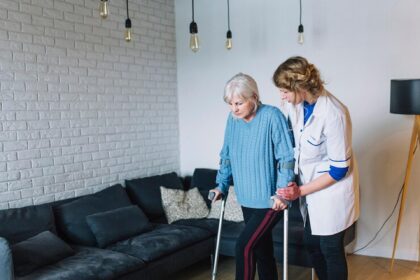There are so many diets out there, but the most popular one is Keto. Even though it is a new diet, it is getting more and more attention from people. Some people follow it because they want to lose weight, but some people want to try it just because they are curious to know what is so special about this diet. If you are thinking of following this diet, then you need to know these things before following the Ketogenic diet.
What Is Keto Diet?
The Keto diet, also known as the ketogenic diet, is a low-carb, high-fat diet that has gained popularity in recent years. The goal of the Keto diet is to put your body into a state of ketosis, where it burns fat for energy instead of carbohydrates. This is achieved by drastically reducing your carbohydrate intake and increasing your fat intake.
Typically, on a Keto diet, you would consume less than 50 grams of carbohydrates per day and get around 70-80% of your daily calories from fat sources such as meat, fish, eggs, nuts and seeds. The remaining calories would come from protein sources like chicken or tofu.
However, it’s important to note that the Keto diet may not be suitable for everyone and should be done under medical supervision if you have any underlying health conditions or concerns about nutrient deficiencies.
Health Benefits (And Other Perks)
Keto is a diet that has been growing in popularity over the past few years. It’s gaining momentum due to its effectiveness in helping people lose weight and improve their health in general. This diet is not new and has been used for many years by people in a number of different cultures. It’s also been used to help treat a number of different health problems ranging from diabetes to epilepsy. The keto diet is a diet that is low in carbs. When you’re on the keto diet your body is burning fat for energy instead of glucose. You’ll find that it’s used in a number of different ways to help you lose weight and improve your overall health.
Side Effects
Like any diet, the Keto diet may have some side effects. Some common side effects of the Keto diet include:
- Keto flu: This is a collection of symptoms that can occur when your body is adjusting to the new low-carb, high-fat diet. Symptoms may include headaches, fatigue, nausea and dizziness.
- Constipation: The lack of fibre in a typical Keto diet can lead to constipation.
- Bad breath: When your body enters ketosis it produces ketones which can cause bad breath.
- Nutrient deficiencies: Since you’re cutting out many food groups on the Keto diet, it’s important to make sure you’re getting enough vitamins and minerals from other sources.
- Increased cholesterol levels: Some people may experience an increase in their LDL (bad) cholesterol levels while on the Keto diet.
- Dehydration: The reduction in carbohydrates can lead to dehydration if you don’t drink enough water or electrolytes.
It’s important to note that not everyone will experience these side effects and they are usually temporary as your body adjusts to the new way of eating. If you have any concerns about starting a Keto diet or experience any severe symptoms, it’s best to consult with a healthcare professional before making any changes to your dietary habits.
How To Start The Keto Diet
If you’re interested in starting the Keto diet, here are some steps to get started:
- Consult with a healthcare professional: Before starting any new diet, it’s important to consult with a healthcare professional to make sure it’s safe for you and your health.
- Calculate your macronutrient needs: To follow the Keto diet, you’ll need to calculate how many grams of carbohydrates, protein and fat you should be consuming each day based on your age, weight and activity level.
- Plan your meals: Once you know how many grams of each macronutrient you should be consuming each day, plan out your meals accordingly. Focus on high-fat foods like meat, fish, eggs and nuts while limiting carbohydrates from sources like bread and pasta.
- Stock up on keto-friendly foods: Make sure to stock up on keto-friendly foods like avocados, coconut oil and low-carb vegetables such as spinach or broccoli.
- Track your progress: Keep track of what you eat each day using a food diary or app so that you can monitor your progress towards reaching ketosis.
- Stay hydrated: Drink plenty of water throughout the day as dehydration can lead to side effects such as headaches or constipation.
Remember that the Keto diet may not be suitable for everyone and it’s important to listen to your body if something doesn’t feel right. If at any point during the process of starting the Keto diet, you experience severe symptoms or concerns about nutrient deficiencies consult with a healthcare professional before continuing with this dietary approach.





